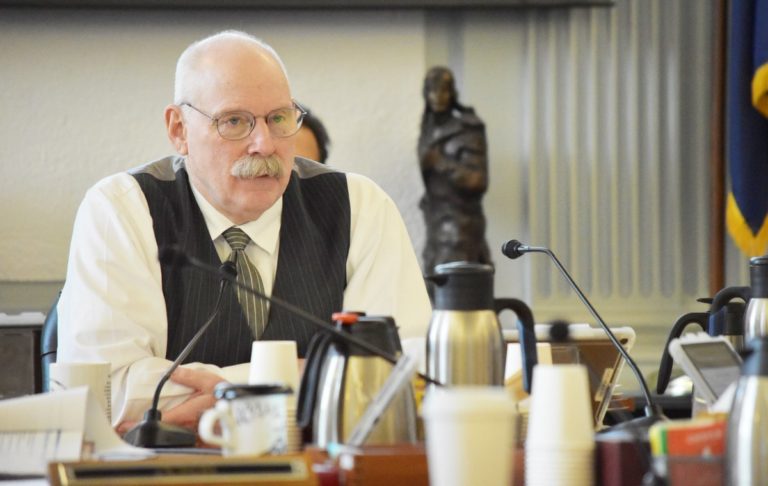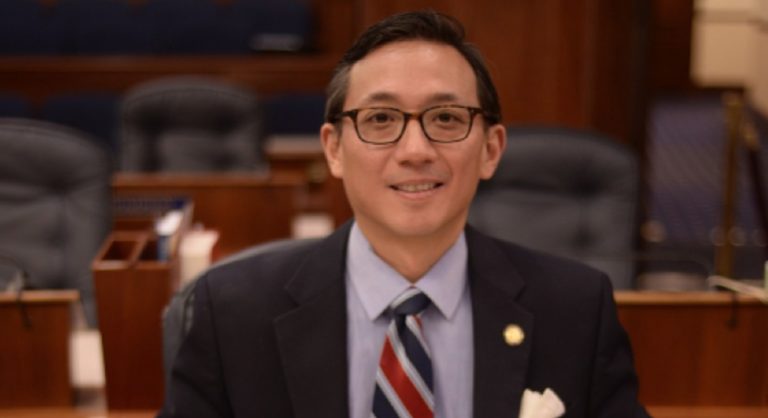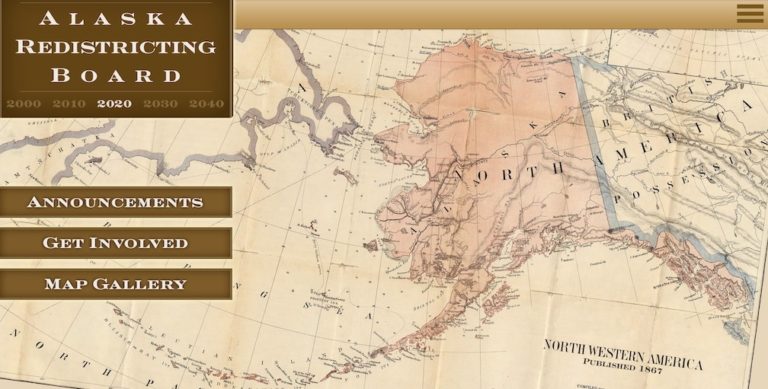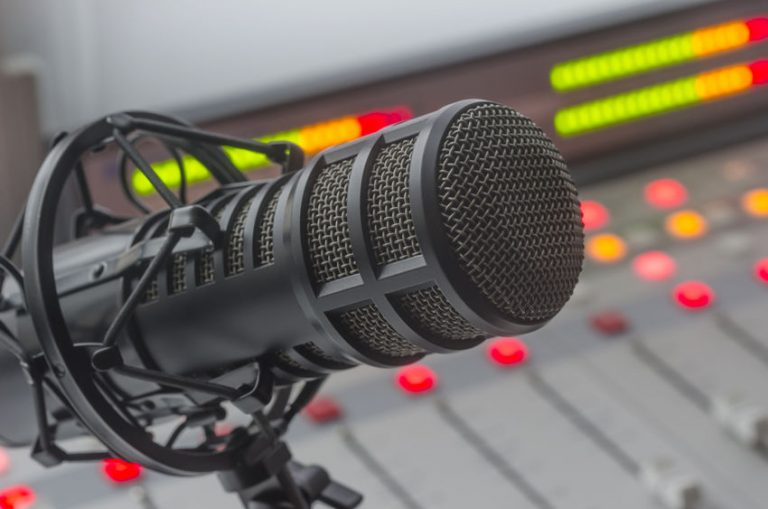The Alaska Senate continued to withhold the state’s operating budget from the House on Monday, creating a situation where the House is unable to negotiate in a conference committee, the process that allows differences to be ironed out.
This unprecedented move by the Senate has led to growing complaints from House members who feel they are being treated as an advisory panel rather than an equal legislative body.
The biggest issue causing the budgetary stalemate is the size of the Permanent Fund dividend, the annual royalty payment made to all eligible Alaskans from the state’s oil wealth savings account. Disagreement over the size and source of this dividend has been a recurring point of contention since 2017, the year after Gov. Bill Walker’s veto altered the PFD’s relationship with the people into “just another appropriation.”
The Democrat-dominated Senate is proposing a $1,300 dividend, known as the 75-25 split, which allocates the majority of the dividend to the government.
The Republican-led House, on the other hand, is advocating for a $2,700 dividend under the 50-50 plan. This larger dividend would be financed from the Constitutional Budget Reserve, which necessitates a two-thirds vote from both legislative bodies.
The House had passed the operating budget to the Senate last month. However, the Senate leadership has been actively circumventing the traditional conference committee process, a tactic that will most likely result in a special session. Instead, Senate leaders have been using media outlets in the building to bolster their position, a strategy that has been met with skepticism from Democrat-friendly reporters.
With Wednesday marking the final day of the legislative session, time has run out and it’s almost certain special session will be called by the governor.








